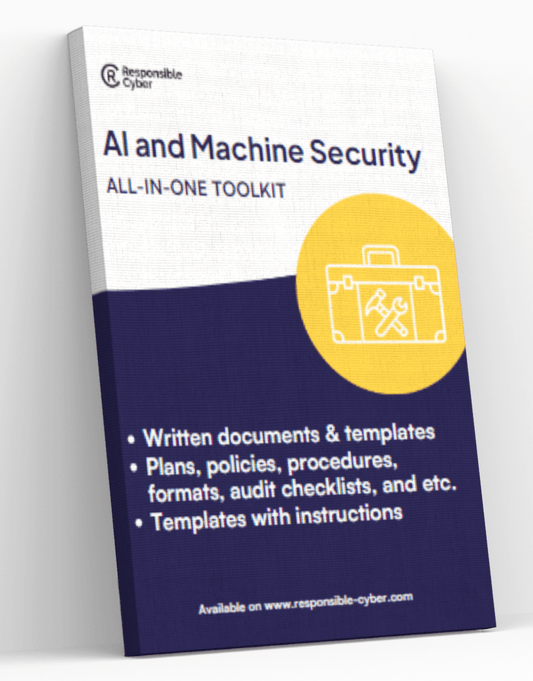Quantum Computing and Cryptography: The End of Traditional Encryption?

Quantum computing is on the brink of revolutionizing numerous fields, with cryptography being one of the most significantly impacted. Traditional encryption methods, which form the backbone of data security today, are increasingly vulnerable in the face of advancing quantum technologies. This article examines the implications of quantum computing for traditional cryptographic methods, explores how quantum computers could break widely used encryption schemes, and discusses the development of quantum-resistant cryptographic techniques.
Understanding Traditional Cryptography
What is Traditional Cryptography?
Traditional cryptography involves techniques for secure communication that protect information from unauthorized access. The two main types of cryptography are:
- Symmetric Cryptography: Uses the same key for both encryption and decryption. Examples include Advanced Encryption Standard (AES) and Data Encryption Standard (DES).
- Asymmetric Cryptography: Uses a pair of keys—public and private keys. The public key is used for encryption, and the private key is used for decryption. Examples include RSA, Elliptic Curve Cryptography (ECC), and Diffie-Hellman key exchange.
The Security Basis of Traditional Cryptography
The security of traditional cryptographic methods relies on the computational difficulty of certain mathematical problems:
- RSA: Security is based on the difficulty of factoring large integers.
- ECC: Security relies on the difficulty of solving the elliptic curve discrete logarithm problem.
- Diffie-Hellman: Security is based on the difficulty of computing discrete logarithms.
These problems are computationally infeasible for classical computers to solve within a reasonable timeframe, thus ensuring the security of the encryption methods.
The Quantum Threat to Traditional Cryptography
The Power of Quantum Computing
Quantum computers leverage the principles of quantum mechanics, such as superposition and entanglement, to perform complex calculations at unprecedented speeds. This computational power poses a significant threat to traditional cryptographic methods.
Shor’s Algorithm
One of the most critical developments in quantum computing is Shor’s algorithm, which efficiently solves the integer factorization problem and computes discrete logarithms. This capability allows quantum computers to break widely used encryption schemes, such as RSA and ECC, in polynomial time.
Implications of Shor’s Algorithm
- RSA: Quantum computers can factorize the large numbers used in RSA encryption, effectively breaking the encryption and rendering it insecure.
- ECC: Quantum computers can solve the elliptic curve discrete logarithm problem, compromising the security of ECC-based encryption.
- Diffie-Hellman: The discrete logarithms underpinning Diffie-Hellman key exchange can be computed by quantum computers, breaking the security of this method as well.
Grover’s Algorithm
Grover’s algorithm is another quantum algorithm that impacts cryptography. It provides a quadratic speedup for brute-force search problems, which can weaken symmetric cryptographic methods.
Implications of Grover’s Algorithm
- Symmetric Cryptography: While Grover’s algorithm does not break symmetric encryption methods outright, it reduces the effective security level. For example, an AES-256 encryption, which is considered secure against classical attacks, would have its security level effectively halved (to AES-128) against quantum attacks.
Quantum-Resistant Cryptographic Techniques
Given the vulnerabilities of traditional cryptographic methods to quantum attacks, there is a pressing need to develop and adopt quantum-resistant cryptographic techniques, also known as post-quantum cryptography (PQC).
Lattice-Based Cryptography
Lattice-based cryptography relies on the hardness of lattice problems, such as the Learning With Errors (LWE) problem and the Shortest Vector Problem (SVP). These problems are believed to be resistant to quantum attacks.
- Example: NTRUEncrypt is a lattice-based encryption scheme that offers strong security guarantees against quantum attacks.
Hash-Based Cryptography
Hash-based cryptography uses the security properties of cryptographic hash functions. One of the most well-known hash-based schemes is the Merkle signature scheme.
- Example: XMSS (eXtended Merkle Signature Scheme) is a hash-based digital signature scheme that is quantum-resistant.
Code-Based Cryptography
Code-based cryptography relies on the difficulty of decoding random linear codes. The McEliece cryptosystem is a well-known example.
- Example: The McEliece cryptosystem uses error-correcting codes to provide encryption, offering resistance to quantum attacks.
Multivariate Quadratic Equations
Multivariate quadratic (MQ) cryptography involves solving systems of multivariate quadratic equations, which is considered hard for both classical and quantum computers.
- Example: Rainbow is an MQ-based digital signature scheme that offers quantum resistance.
Transitioning to Quantum-Resistant Cryptography
Assessing Quantum Readiness
Organizations must assess their current cryptographic infrastructure and identify areas vulnerable to quantum attacks. This involves:
- Inventory of Cryptographic Assets: Identify all systems and applications that use vulnerable cryptographic methods.
- Risk Assessment: Evaluate the potential impact of quantum attacks on these systems and prioritize them for transition.
Developing a Transition Plan
A structured transition plan is essential for moving to quantum-resistant cryptography:
- Adoption of PQC Standards: Monitor and adopt emerging post-quantum cryptography standards from organizations like NIST.
- Hybrid Cryptographic Solutions: Implement hybrid solutions that combine traditional and quantum-resistant algorithms during the transition period.
- Testing and Validation: Thoroughly test and validate the implementation of new cryptographic methods to ensure security and performance.
Building Quantum Awareness and Expertise
Developing in-house expertise and fostering awareness of quantum computing and its implications for cybersecurity are crucial steps:
- Training and Education: Provide training programs on quantum computing and post-quantum cryptography for cybersecurity professionals.
- Collaboration with Academia and Industry: Engage with academic institutions and industry consortiums to stay updated on the latest research and developments in quantum security.
Case Studies and Examples
Case Study 1: Financial Institution
Background: A major financial institution recognized the potential threat posed by quantum computing to its secure transactions and customer data.
Implementation: The institution conducted a comprehensive assessment of its cryptographic assets and implemented lattice-based encryption for critical data protection.
Results:
- Enhanced Security: The adoption of lattice-based cryptography ensured the protection of sensitive financial data against future quantum attacks.
- Operational Continuity: A smooth transition to quantum-resistant methods ensured that business operations remained uninterrupted.
Case Study 2: Government Agency
Background: A government agency responsible for national security needed to protect classified information from potential quantum threats.
Implementation: The agency adopted a hybrid cryptographic approach, combining traditional encryption methods with quantum-resistant algorithms, and provided extensive training for its cybersecurity workforce.
Results:
- Secure Communication: The hybrid approach ensured the confidentiality and integrity of classified communications.
- Skilled Workforce: Training programs built a knowledgeable workforce capable of addressing the challenges posed by quantum computing.
Case Study 3: Healthcare Provider
Background: A healthcare provider needed to secure patient data and comply with regulatory requirements in the face of emerging quantum threats.
Implementation: The provider implemented hash-based cryptographic techniques for securing patient data and engaged with industry experts to stay informed about post-quantum developments.
Results:
- Data Protection: Hash-based cryptography ensured the security of patient data against quantum attacks.
- Regulatory Compliance: The provider maintained compliance with healthcare regulations and enhanced patient trust.
Conclusion
Quantum computing presents both challenges and opportunities for the field of cryptography. While traditional encryption methods are at risk of being broken by quantum computers, the development of quantum-resistant cryptographic techniques offers a path forward. Organizations must proactively prepare for the quantum era by assessing their quantum readiness, investing in post-quantum cryptography, and updating security protocols. Through structured transition plans, continuous learning, and collaboration, businesses and institutions can future-proof their cybersecurity strategies and ensure resilience against the evolving landscape of cyber threats. Embrace these practices to safeguard your organization’s digital assets and stay ahead of the quantum revolution in cryptography.











